If you ask someone what to think when you mention Scotland, they have the ability to list stunning landscapes, castles, shortbreads, whisky and tartan. Many people will also talk about Scottish clans, often mentioning an ancestor who left Scotland in the Central Highlands Clearance, or perhaps seeking an adventure in America, Canada or Australia. Here we share some details about the clan way of life, how things were, and the clans still affecting Scotland and the Scottish community today.
Most simply, a clan is an extended family, kinship ties binding closely, different branches of the same family tree, different surnames are linked through a common history. The origins of the clan system are ancient; historians say they date back at least 1000 years - long before Scotland was a nation. The word itself comes from the Scots Gaelic for descendants: "The Clann." There was never any requirement for clans to all be from the same family that is related to the blood, though, with the adoption of a chief’s surname common of those living on clan lands, for example. Historically, each clan was headed by a chief, someone in charge who would be expected to watch over those in his care, as well as making the final decision on an important issue - such as feuding.
 Ruins of Kilchurn Castle – Lived in by Both Campbells and MacGregors
Ruins of Kilchurn Castle – Lived in by Both Campbells and MacGregors
Each clan has a specific territory, usually with some castles, often changing ownership. When a clan grows and thrives, they need more fertile land to grow food and raise livestock to feed the people, especially during long and often harsh winters. Since the best land is always requested by others, any clan expansion needs diplomatic or force arms; marriages and alliances are effective, but violent confrontation is also common. The last major clan battle was fought just west of Wick in Caithness, in 1680, between Campbells and the Sinclairs, and left more than 300 people dead. Deception, betrayal, and massacre are also surprisingly popular parts of clan history, with feuds continuing for centuries. For example, in the memory of life, it was considered ill-advised and rude to play the bagpipe tune “The Campbells are Coming” in Wick.
 Glencoe, an Ancestral Home of the Clan MacDonald
Glencoe, an Ancestral Home of the Clan MacDonald
After the Jacobite uprisings of the 18th century, the Scottish clan culture underwent a period of organized destruction. Many people were killed or transported out of their historical lands, then given to supporters of the Crown, wearing plaid and kilt shirts, playing pipes, carrying weapons, speaking Gaelic and gatherings for games are prohibited under the Act of Proscription. In many ways, this Act and the encouragement of ethnic cleansing succeeded in their intentions, after it was abolished 36 years later Highland and clan culture had changed irrecoverably.
Read More: Five Facts About The Thistle - National Flower of Scotland
Many of the features of Scottish clans known and honored now are actually relatively recent reinventions. For example, before the uprising clan members in 1745 wore a much larger kilt, the “philamhor,” or “great kilt; was a long length of cloth acting as hood, cloak, kilt, and blanket all in one. After the Act was abolished, this was replaced with more modern kilt; the weavers began to take advantage of the more modern and brighter dyes than the earlier ones.
 1746: The Battle of Culloden.
1746: The Battle of Culloden.
The Victorians and Queen Victoria herself did many things to encourage a romantic Highland ideal, essentially reinventing the idea of the clan to match the idea of the empire and the Union. Instead of fighting against the crown, Scottish-raised regiments in Scotland were sent around the globe, carrying tartans, kilts, pipes and their warrior culture with them. Even before Bonnie Prince Charlie’s failed at Culloden, however, the change in the way clan chiefs governed was carried out, with a move toward land ownership, rather than people-stewardship.
Today, the resurgence in clan identity owes many descendants of those who were removed from Scotland in the Clearance or families of the Scottish regiment to settle in far-flung locations. There are speakers of Gaelic in Canada, Highland Games in Kuala Lumpur and hundreds of thousands of Campbell, MacGregors, MacDonalds, Sutherlands, and Sinclairs, for example, around the globe. Popular culture continues to describe clan life or aspects of the Highlands history, not always completely accurate, in movies and TV such as Highlander, Outlander, Brave, Game of Thrones and others. In 2009 and 2014 were designated Homecoming Year, with events taking place to encourage Scots around the world to return to their ancestral lands and learn more about their culture. The Internet has supported clan members to plan events and gatherings, no matter where they are. Although changed over the years, Scottish clans are enjoying a strong resurgence in interest, and the future for this culture looks bright.

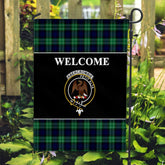
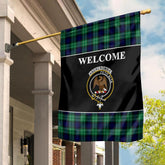
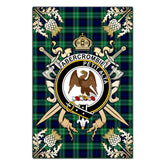

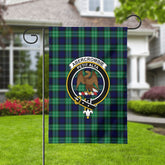
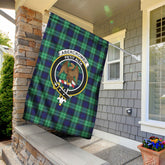
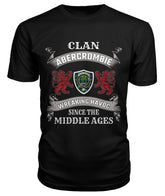

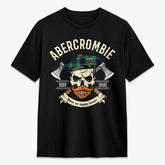



 The Thin Red Line. 93rd Highlanders at Balaclava.
The Thin Red Line. 93rd Highlanders at Balaclava.